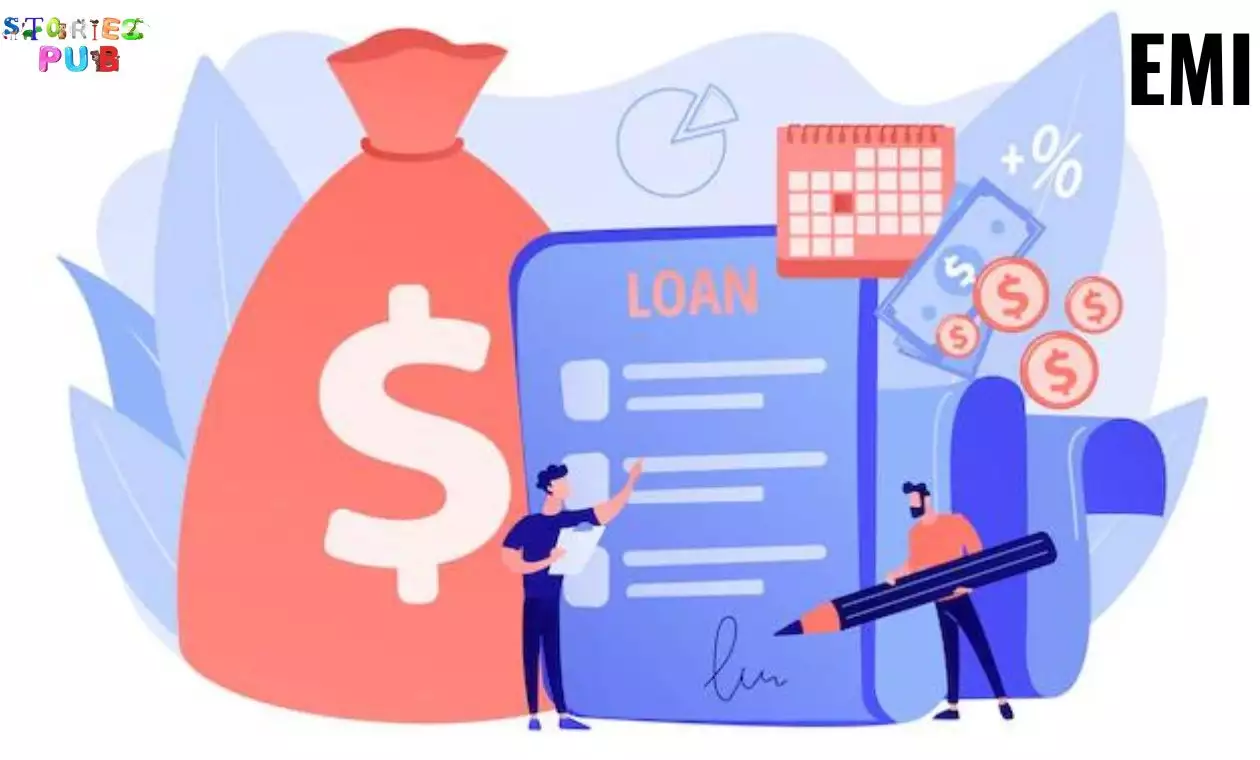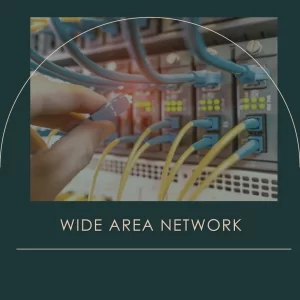What Is EMI, At What Rate and How Can You Avoid Paying?

EMI stands for equated monthly instalment plan. It may be paid off in monthly instalments, although the only stipulation is that it must be paid off within 20 years. The EMI is calculated by taking the total amount payable for the loan (including fees and interest) divided by the number of months over the length of the loan. For example, if you take a loan for Rs. 1,00,000 with an EMI of Rs. 2,500 per month and repay it in 36 monthly installments over 10 years, your total payments would come to Rs. 40,000 or Rs. 4,000 per month.
What is EMI?
Equated Monthly Instalment (EMI) is the method of payment for India based on every month where you will pay in advance and your product will be delivered by releasing the amount each month, which means that you will have to pay only after a period of time, when it is actually released. This type of payment option enables you to cancel the contract if all things are not right.
EMI or Equated Monthly Instalment is one of the most widely used methods of payment. It is also popular in other countries like UK, Germany, UAE etc because they are familiar with this method. You can also see that some merchants in various countries use EMI or EMIs which indicate that they know well about this method of payments.
You can also see that EMI is a must for those who want to buy new electronics like TVs, washing machines and many more. You can pay the amount via EMI from your weekly or monthly salary instalment.
There are some companies that uses EMI in their payment plans. This one is also accepted by most of the people across the globe. It is not easy to understand this method but you will surely love it once you get used with it.
A loan is a type of finance where you have to pay back the money due with interest over a specific period of time, which can be up to 20 years.
Why does EMI matter?
EMI matters because it is one of the key factors which determine how much you can afford to borrow at any given time. If you pay a higher EMI, then your monthly repayment will be higher. A higher amount of money paid in a shorter period of time means that you have less to spend on other things later on. For example, if your loan has an EMI of Rs. 2,000 and you are paying it off in 36 monthly installments over 10 years, then you cannot possibly afford to spend the same amount on a non-essential item such as a new TV or refrigerator or even groceries for an extended period of time. In practice however, this does not always work out the way it is supposed to since there are many factors which come into play when deciding how much an EMI borrower actually pays each month. These include the
Why people take monthly EMI(Equated Monthly Instalment)?
EMI is a type of loan where the lender and borrower agree to pay fixed instalments of money every month. The loan is usually taken out for a period of between one and twelve months. The interest charged on an EMI loan is usually quite high, making it one of the more expensive types of loans available.
An EMI loan can be a useful way to finance a purchase or to cover some other short-term financial needs. However, there are a few things you need to know before taking out an EMI loan.
Firstly, an EMI loan is not a good option if you are not able to repay it on time. If you cannot afford to repay the debt in full each month, try looking for an alternative form of financing.
Secondly, make sure you understand the terms and conditions of the EMI loan before signing up for it.
Thirdly, always compare different EMI loans before deciding which one to take out. There are a number of different lenders available, so it is important to find one that offers the best deal for your needs. Finally, make sure you understand how an EMI works and what interest rates are applicable before signing up for one.
Benefits of taking EMI(Equated Monthly Instalment)?
EMI stands for Equated Monthly Instalment. It is a type of loan where the borrower pays an agreed upon amount of money every month, even if they don’t use the funds they’ve borrowed. This type of loan can be a great way to get a low-interest loan without having to put up any collateral. Additionally, EMI loans are often approved quickly and don’t require a lot of documentation. The benefits of taking an EMI include:
– Low interest rates: With EMI loans, you’re often getting lower interest rates than you would with a traditional loan. This is because the lenders aren’t required to pay as much in interest, since they know that you’ll be paying it back each month.
– Quick approval: Because EMI loans are typically approved quickly, you may be able to get one sooner than you would with a traditional loan. This can be important if you need the money as soon as possible.
– No collateral needed: Unlike with a traditional loan, there is no need for you to bring any collateral with you when applying for an EMI. This means that you won’t have to worry about losing your home or other valuable assets in order to get the money you need.
– Lower closing costs: Since EMI loans don’t require any collateral, you can save on the cost of buying things like a trade-in. This will allow you to make more money in the long run when you sell your car or other items down the line. Overall, an EMI loan is a good way for you to get a loan that is cheaper than the traditional kind and doesn’t require as much paperwork. However, there are some limitations that should be considered before making this move.
Disadvantages of taking EMI(Equated Monthly Instalment)?
EMI stands for Equated Monthly Installment and is a type of loan where the borrower pays back a fixed amount every month, typically over a period of around 18 months. It’s a popular way to borrow money, as it offers an immediate financial return with minimal risks. However, there are some potential disadvantages to taking EMI that should be considered before signing up.
The main disadvantage of EMI is that it can be expensive. The interest rates on EMI loans are often higher than those on standard loans, and the repayments can be quite high too. This means that borrowers can end up paying a lot of money in total over the course of the loan term, which can be difficult to manage if you’re struggling to pay other bills as well. Additionally, EMI loans often come with stringent conditions regarding how much debt you can take on at once, meaning that if you’re unable to repay your debt quickly enough, you could find yourself in trouble.
Pros and Cons of taking EMI(Equated Monthly Instalment)?
EMI stands for Equated Monthly Instalment. It is a way of financing a purchase or loan where the payments are spread out evenly over a set period of time, usually 12 months.
The advantage to EMI is that it allows you to pay for the item over time, rather than all at once. The disadvantage is that interest rates on EMI loans can be higher than regular loans. There are also fees associated with EMI loans, such as an origination fee and a processing fee.
When deciding whether or not to take an EMI loan, consider the pros and cons of each option.
Pros of taking an EMI loan:
-You can pay for the item over time, rather than all at once.
-The interest rates on EMI loans can be lower than regular loans.
-There are no fees associated with EMI loans.
-The loan can be used to purchase any type of merchandise.
Cons of taking an EMI loan:
-EMI loans typically have higher interest rates than regular loans.
-The term length of an EMI loan may be shorter than a regular loan.
Thanks for Reading…
Hey kids, how much did you like What Is EMI? Please share your view in the comment box. Also, please share this story with your friends on social media so theyf can also enjoy it, and for more such stories, please bookmark storiespub.com.





